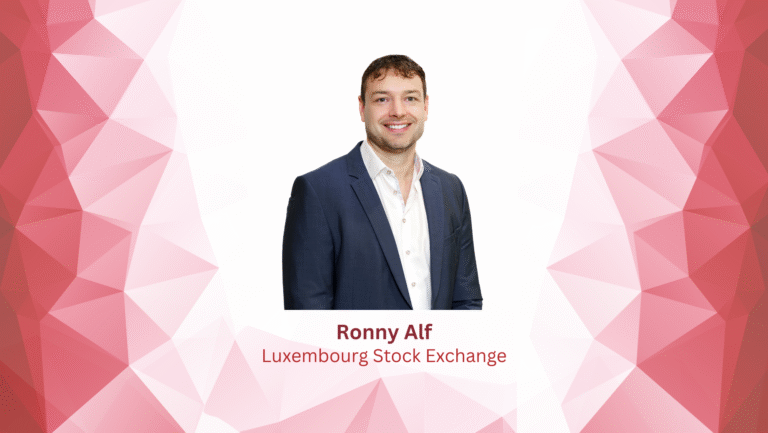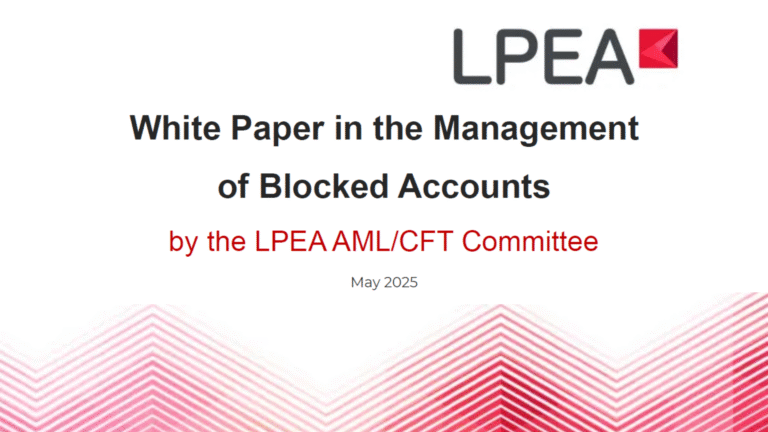By Debora Dumont, Managing Partner at Bioqube Ventures
Key growth drivers in the healthcare sector
Our modern world is confronted with a growing aging population with individuals 65 or older representing more than 25% of the total population in many European and Asian countries. It’s no secret that the number of patients with cancer or chronic immune related diseases is increasing as is their need for health care-related products and services.
As people are getting older, the cost of healthcare is growing and as such the authorities are more and more focusing on new technologies and therapeutic developments. Although healthcare spending growth rates have slowed over the past few years, largely because of the economic recession and sluggish recovery, budgets and costs have risen. This increasing financial burden represents a need for products that can reduce costs through better outcome and results versus current therapies or technologies.
Furthermore, we are experiencing a period of unprecedented scientific progress with plenty of disruptive emerging technologies. For instance, genomic research holds the potential to unlock even more secrets about how disease progresses and allows new, more effective drugs to be developed. It also allows for personalized treatment and can significantly improve patient outcome as well as reduce healthcare costs.
On another level, the ever-increasing computational power is revealing unexpected correlations or predictive markers in big healthcare datasets, resulting in new targets, better selection of lead compounds and better identification of the right patients to treat.
Then there is the promise of digital technology to improve diagnosis and disease management itself by earlier identification of alarm signals, inappropriate treatment or complications.
Investing in healthcare does not only generate interesting returns for investors. It also allows them to diversify their portfolio and make a true difference for patients, as their investments represent the critical smart capital to turn promising ideas into life-saving drugs.
The aforementioned trends and technological/scientific evolutions have resulted in a great performance of the healthcare sector with major business development transactions and increasing valuations and more money raised in private and public markets than ever before.
Without any doubt, the healthcare sector represents an attractive investment opportunity. Investing in healthcare does not only generate interesting returns for investors. It also allows them to diversify their portfolio and make a true difference for patients, as their investments represent the critical smart capital to turn promising ideas into life-saving drugs.
Biotech Venturing in Europe
There are three factors that make Europe’s biopharma market attractive to investors: strong hot spots across geographies, modalities, and therapeutic areas; powerhouse research and industry expertise to support basic science and innovation; and an abundance of high-caliber talent.
The European biotech industry is attracting more investments than ever before. Witness to that are the spiking of European Series A investment (almost doubling 2019 dollars to $1.1B in 2020), the launching of new large funds by established fund managers (eg. BioGeneration Ventures, Forbion, LSP) and the welcoming of new funds to the industry (eg. Bioqube Ventures, Jeito Capital, Pureos).
European VCs active in the life sciences sector are performing well. In its Annual Report 2019, the European Investment Fund declared life sciences as the top-performing sector in its European VC portfolio.
One of the drivers of this increased VC activity is the healthy M&A culture as the acquisition of biopharma startups is the main strategy for driving innovation in big pharma. The landscape of willing buyers, prepared to buy earlier, continued to boost company-building VCs
Indeed, several VCs have adopted a model in which new companies are founded and built (semi) internally. US based VCs like Atlas Ventures, Flagship Pioneering and Third Rock Ventures pioneered this model. Several European VCs (eg. Advent France Biotechnology, Bioqube Ventures, BioGeneration Ventures, Medicxi, Novo Seeds) have adopted this venture creation model either as a core activity or as an additional investment strategy. Venture capitalists can benefit from higher returns as they take significant ownership as the founders of these companies while this model can boost the translational power of biopharmaceutical innovation in Europe and bolster the ecosystem.
Impact of COVID on global biotech industry
The global recession apparently passed biotech by. Venture financing hit an all-time high of over $23 billion—up over 60% on an already strong 2019. More than $11 billion worth of new biotech funds were raised.
The pandemic triggered an almost doubling of precommercial deals involving private infectious diseases companies, but this was from a low baseline of only 10 deals or fewer each year since 2010. Financing also spiked in 2020, reaching over $670 million but still not close to the $3.5 billion raised by cancer companies.
Overall, biotech’s savior role in the pandemic attracted a stampede of private and public investors alike—including some deep-pocketed newcomers. The cash wasn’t only backing companies developing COVID-19 vaccines or therapies—though many in this group benefited. Instead, the pandemic apparently reinforced the requirement for long-term, value-based investors of any kind to have exposure to life sciences, including biotech.
About LPEA Member Bioqube Ventures
In 2020, Bioqube Ventures launched the Bioqube Factory, a VC fund with a mission to advance scientific innovations into breakthrough therapies for patients.
The fund is active in Europe with a focus on the Benelux, France and Germany.
Bioqube Factory is backed by a balanced mix of investors, including the European Investment Fund, regional institutionals, family offices and high net worth individuals. Additional value is brought to the Bioqube Factory portfolio by the two strategic investors J&J and Genmab that provide guidance and offer access to expertise by opening up their network.
One of the more unique features of the fund is its outspoken dual investment strategy. Besides more classical syndicated investments in first and subsequent rounds, the fund has earmarked part of the fund for the so called “Create” model. In this Create model the fund initially provides project financing to de-risk innovations prior to building new companies. A common problem in early-stage projects, is the inability to translate scientific innovations into investible cases. Bioqube’s Create model was built to fill the translational gap by bringing in funding, development and management expertise in a hands-on approach alongside the scientific founders to reach the next value inflection point.
Sources:
- Nature Biotechnology, 39, 2021
- Nature Biotechnology, 38, 2020
- SVB – Healthcare Investments and exits 2020
- Mednous – July/August 2020
- Biocentury – BCIQ
- McKinsey & Company – Biotech in Europe – 2019




